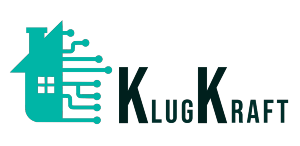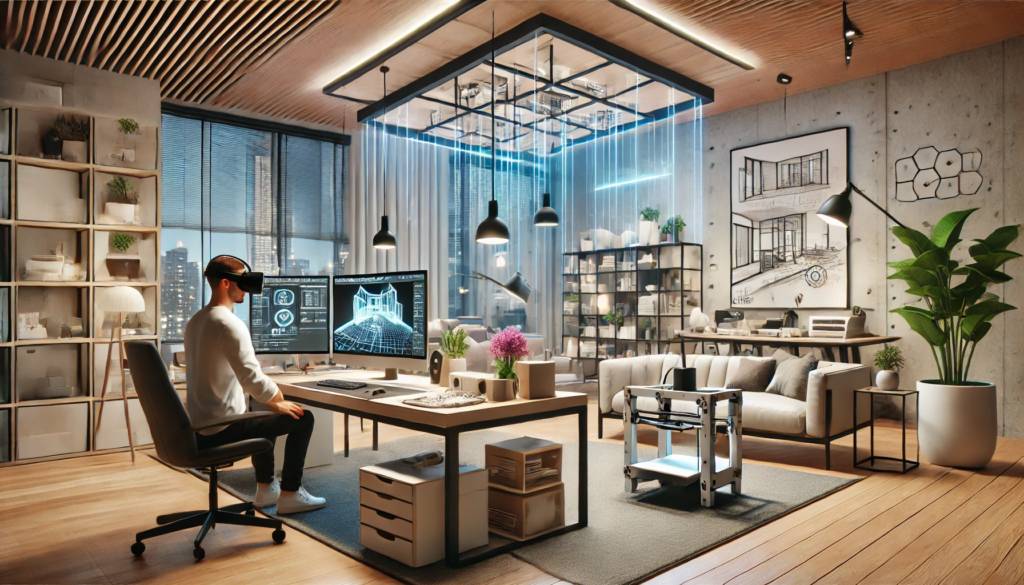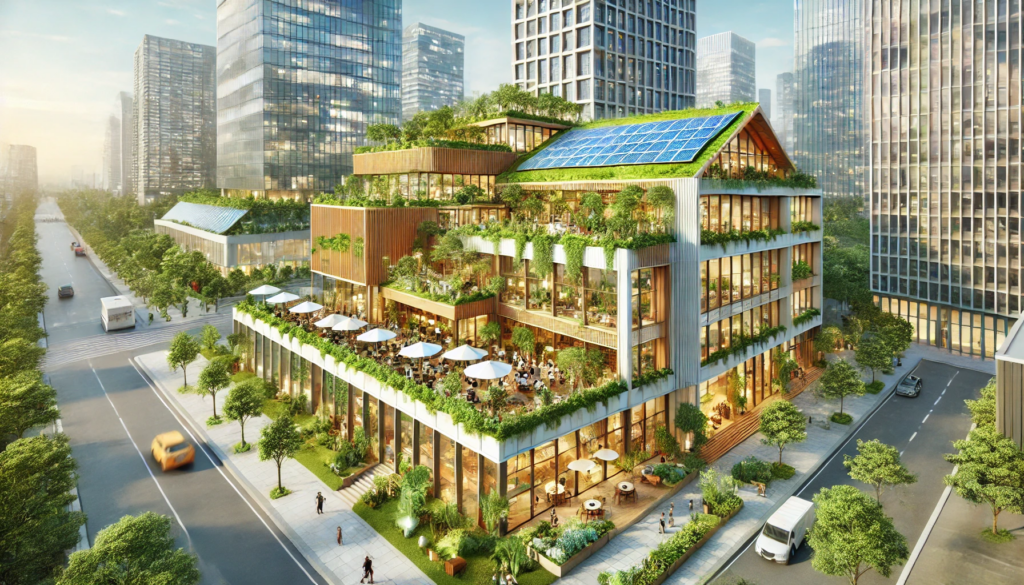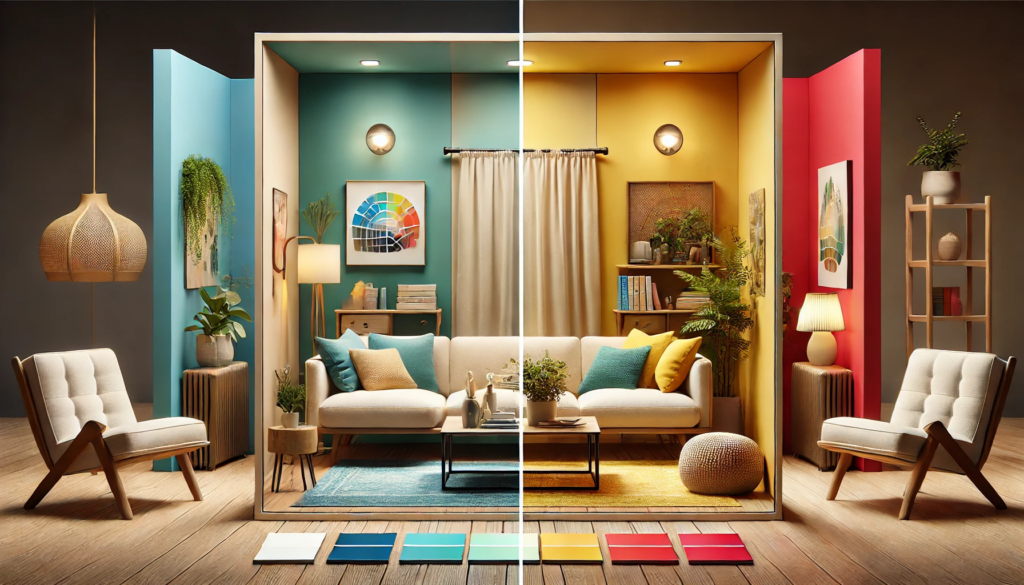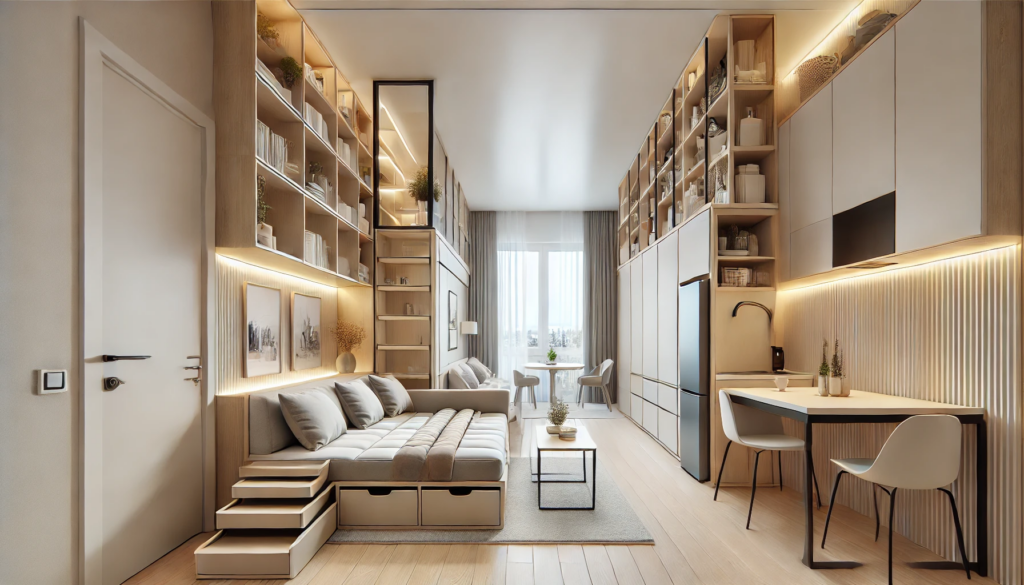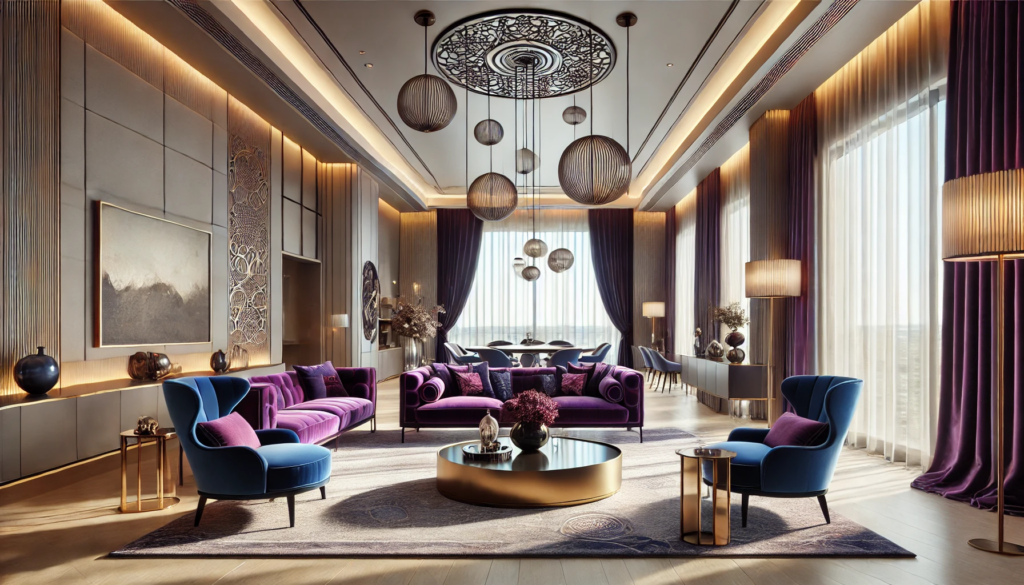The integration of technology into modern interior designs not only pushes the boundaries of what’s possible in terms of aesthetics and functionality. But also improves the way spaces are designed and used. In today’s world, technology and interior design are becoming increasingly intertwined, revolutionizing how spaces are created, experienced, and interacted with.
Virtual Reality (VR) and Augmented Reality (AR)
VR and AR technologies allow designers and clients to visualize and walk through spaces before any real-world changes are made. This immersive experience helps in making more informed decisions about space layouts, color schemes, furniture placement, and lighting. AR apps can overlay a digital image of an item onto a real space through a smartphone or tablet. And providing a realistic view of how a piece of furniture or decor item will look in the room.
Smart Home Technology in Modern Interior
Smart home systems integrate technology into everyday living environments. You can remotely control automated systems for lighting, heating, air conditioning, and entertainment through smartphones or voice commands. This integration not only enhances comfort and convenience but also increases the energy efficiency of homes.
Sustainable Technologies in Modern Interior
With a growing emphasis on sustainability, interior designers are increasingly turning to eco-friendly technologies. These include materials that are more sustainable, like recycled plastics and reclaimed wood. As well as energy-efficient appliances and systems that help reduce a home’s carbon footprint.
Integrated Entertainment Systems
Modern interior design often incorporates integrated entertainment systems that blend seamlessly with the aesthetic of the room while providing high-quality audio and visual experiences. You can customize these systems to disappear into the decor when not in use, such as televisions that turn into mirrors or artwork when off.
Software for Design and Project Management
Software tools have become essential in the interior design industry for creating detailed drawings, project simulations, and managing the entire design process from concept to completion. These tools help maintain precision in modern interior designs and allow for easy changes and adaptations without significant disruptions.
KlugKraft is the premier online destination for system integrators and interior designers to showcase their home & office automation products. This platform is meticulously crafted to highlight the synergy between innovative technology and elegant design. Providing a comprehensive portfolio space for professionals. KlugKraft allows experts to display their latest smart home technologies, from intuitive lighting solutions to sophisticated security systems, all designed to enhance modern living. By offering a dynamic and interactive showcase, KlugKraft not only connects these professionals with potential clients but also sets a new standard in the integration of technology and design in home automation, ensuring every space is as functional as it is visually stunning. KlugKraft (a unit of Smart Group)
